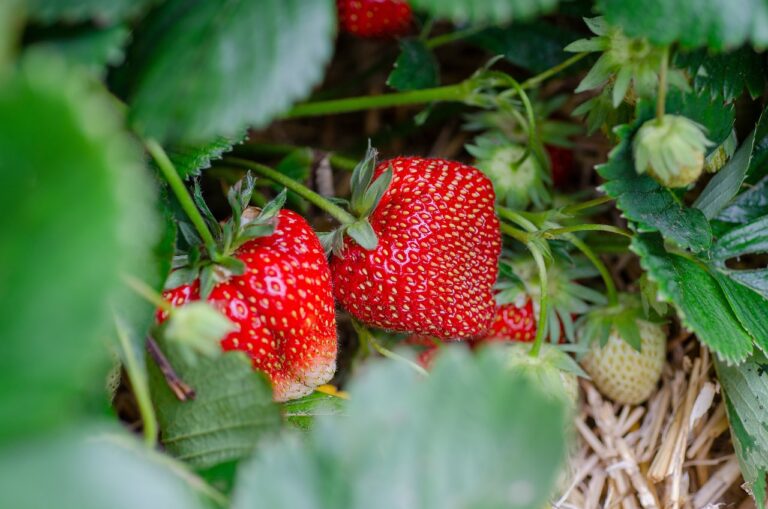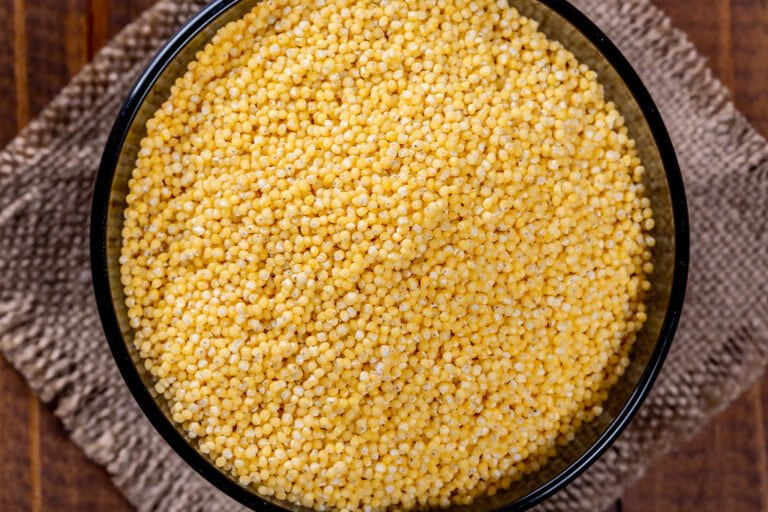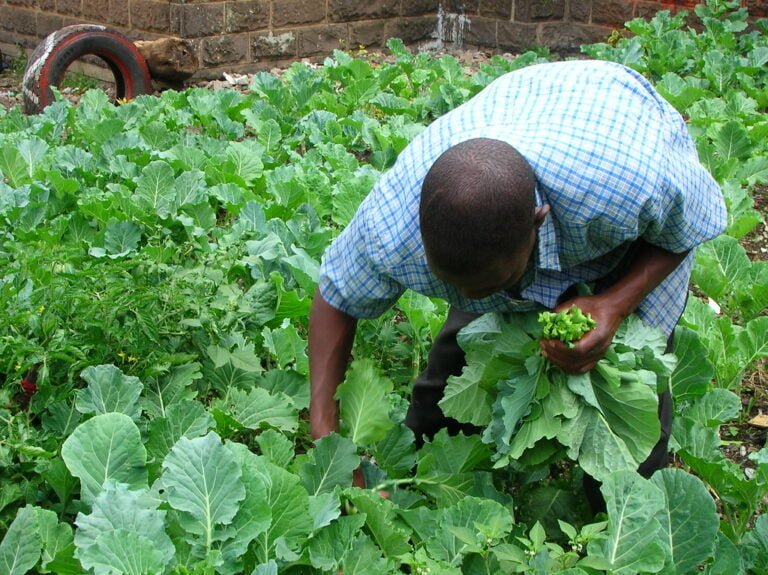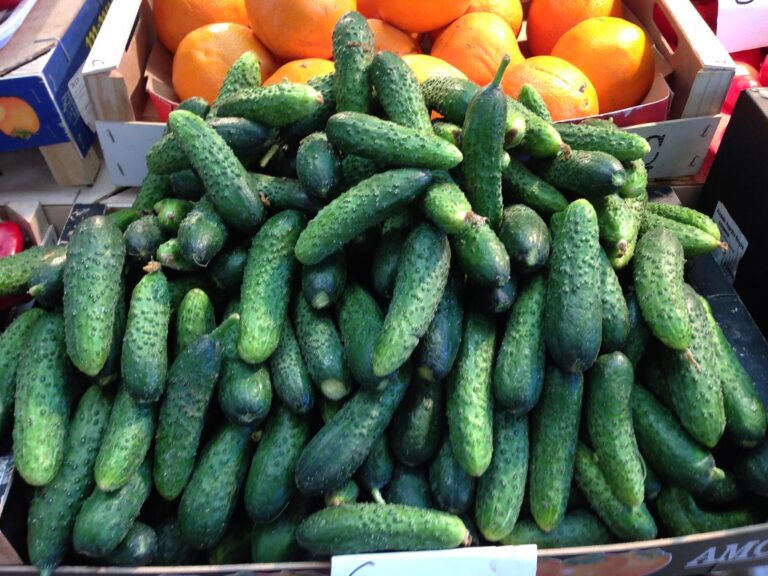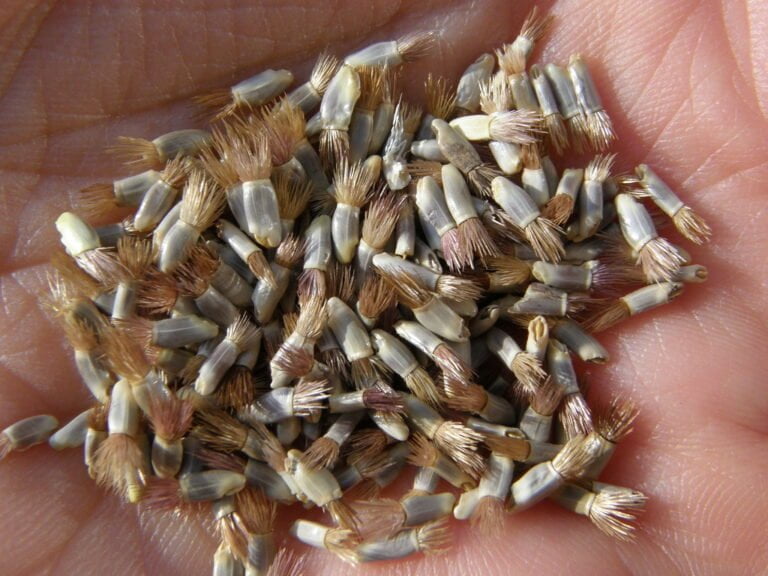Exploring Indeterminate Varieties of Tomatoes
Explore a multitude of options in ambiguous tomatoes, offering prolonged harvests, plentiful yields, and a diverse array of sizes, colors, and flavors. Thrilling possibilities are on the horizon in the domain of tomato cultivation with these selections.
Benefits of Growing Indeterminate Tomatoes
When considering the advantages of cultivating indeterminate tomatoes, one cannot overlook their ability to provide a continuous supply of high-quality fruit throughout the entire growing season. Indeterminate tomatoes, unlike determinate varieties, do not have a predetermined growth limit and continue to produce fruit until the plant is affected by frost. This characteristic offers a significant advantage to growers, ensuring a more extended harvest period and a continuous yield of tomatoes.
The indeterminate tomato plants exhibit vigorous growth, resulting in larger yields compared to determinate types. This increased productivity allows for a more abundant harvest, providing gardeners with a diverse range of sizes, colors, and types of tomatoes for culinary purposes. The continuous fruit production of indeterminate tomatoes makes them a popular choice among gardeners looking to have a steady supply of fresh tomatoes throughout the growing season.
Moreover, the versatility of indeterminate tomatoes allows for various culinary uses, including salads, sauces, and canning. Their ability to produce fruit continuously guarantees a fresh supply for consumption or preservation. However, it is important to note that proper maintenance practices, such as pruning and providing support for the plants, are vital to maximizing the yield and quality of indeterminate tomatoes.
Pruning Techniques for Indeterminate Tomatoes
In regard to pruning indeterminate tomatoes, focusing on removing suckers is essential to maintain plant health and productivity. By strategically eliminating suckers, the plant can direct its resources towards larger fruit production, resulting in a more efficient use of energy. Additionally, proper pruning not only improves fruit quality but also minimizes the risk of diseases by enhancing air circulation within the plant canopy.
Top Pruning Benefits
Pruning indeterminate tomatoes is crucial for optimizing plant growth, fruit quality, and disease resistance.
- Control Growth: Pruning helps manage unruly growth, keeping the plant structured and easier to maintain.
- Energy Focus: Removing suckers directs the plant’s energy towards fruit production, resulting in larger, higher-quality tomatoes.
- Improved Conditions: Augmented airflow around the plant reduces the risk of diseases like blight and boosts sun exposure for better fruit ripening.
These benefits lead to earlier fruit ripening, enhanced harvest ease, and overall increased plant productivity. Regular pruning guarantees a well-organized plant structure, simplifying maintenance tasks and promoting healthier indeterminate tomato plants.
Timing for Pruning
To optimize the growth and fruit production of indeterminate tomatoes, it is essential to initiate pruning when plants reach 6-7 trusses or 5-6 sets of true leaves. Pruning these tomatoes involves removing lower leaves and maintaining 1-2 main stems to concentrate the plant’s energy on fruit development. It is recommended to conduct pruning in the morning to allow plants to recover during the day. Regular pruning is critical as it improves air circulation, decreases the likelihood of diseases, and encourages the growth of larger, healthier fruits. Utilizing proper pruning techniques is crucial, which includes the use of clean, sharp shears to prevent injuring the plant. Following these guidelines ensures that indeterminate tomatoes thrive and produce abundant, high-quality fruits.
Support Structures for Indeterminate Tomatoes
I’ve found that for indeterminate tomatoes, sturdy trellises provide excellent support for their continuous vine growth. Additionally, using cages offers benefits such as preventing the plants from bending or breaking under the weight of the growing tomatoes. It’s important to make sure that the support structures are tall enough, at least 5 feet, to accommodate the vertical growth of indeterminate tomatoes effectively.
Sturdy Trellises for Support
Robust trellises play a significant role in providing essential support for the tall growth of indeterminate tomato plants. When selecting trellises for indeterminate tomatoes, consider the following:
- Height Requirements: Indeterminate tomatoes can reach heights of 6 to 12 feet, necessitating sturdy support structures to prevent bending or breakage.
- Stake or Cage Options: Tall stakes or cages are recommended to guarantee proper support for continuous growth and fruiting of indeterminate tomatoes.
- Airflow and Sunlight: Adequate trellising not only keeps vines upright but also allows for better airflow and sunlight exposure. This promotes healthy plant development and higher yields.
Choosing the right trellis is vital for the successful cultivation of indeterminate tomato varieties, ensuring optimal growth and fruit production.
Benefits of Caging
Caging is an essential support structure for indeterminate tomatoes, providing strong reinforcement to prevent bending and breakage while facilitating ideal plant growth and fruit development. Indeterminate tomato varieties benefit greatly from caging due to the sturdy support it offers throughout the plant’s growth cycle. With tall cages of at least 5 feet, indeterminate tomatoes have the necessary space for vine expansion, ensuring they remain upright and healthy. Additionally, caging promotes better airflow and sunlight exposure, leading to healthier plants and increased fruit production. By keeping the fruits off the ground, caging reduces the risk of rot, pests, and diseases. In addition, the use of cages simplifies plant management, fruit harvesting, and overall plant maintenance for indeterminate tomato varieties.
Recommended Indeterminate Tomato Varieties
Among the recommended indeterminate tomato varieties, Beefsteak, Big Boy, and Sweet Million are popular choices known for their continuous harvest and delicious flavors. These varieties are favored by many gardeners due to their productivity and taste. Here are some key points about these varieties:
- Beefsteak: Known for its large size and meaty texture, Beefsteak tomatoes are perfect for slicing and adding to sandwiches or burgers. They typically have a rich, sweet flavor and are great for fresh eating.
- Big Boy: Big Boy tomatoes are well-loved for their large, round fruits that are juicy and flavorful. They are versatile in the kitchen, suitable for salads, sandwiches, and canning. This variety consistently produces high yields throughout the season.
- Sweet Million: As the name suggests, Sweet Million tomatoes are prized for their incredibly sweet taste. These cherry tomatoes grow in long clusters and are perfect for snacking, salads, or garnishes. They are prolific producers, offering an abundance of fruit for an extended period.
When choosing indeterminate tomato varieties for your garden, considering Beefsteak, Big Boy, and Sweet Million can lead to a bountiful harvest of flavorful tomatoes that cater to different culinary preferences.
Maximizing Harvest From Indeterminate Tomatoes
To maximize the harvest from indeterminate tomatoes, strategic pruning and proper nutrient management are essential for promoting continuous fruit production and healthy plant growth. Indeterminate tomatoes produce fruit continuously until the first frost, requiring ongoing care to support their long growth period. Proper care involves removing suckers that form in the leaf axils to direct energy towards fruiting stems. This pruning method helps maintain good air circulation, reducing the risk of diseases and making sure the plant focuses its resources on producing quality fruits.
In addition to pruning, nutrient management plays an important role in maximizing the harvest from indeterminate tomatoes. These plants have high nutritional demands due to their extended fruiting period, so providing a balanced fertilizer with adequate levels of nitrogen, phosphorus, and potassium is vital. Nitrogen is particularly important for promoting lush foliage growth, while phosphorus supports flower and fruit development. Potassium helps improve overall plant health and fruit quality. Regularly monitoring soil nutrient levels and adjusting fertilization accordingly can help optimize fruit production and make certain the plants have the resources they need for continuous growth and fruiting throughout the season. By implementing these practices, growers can maximize the yield from their indeterminate tomatoes and enjoy a bountiful harvest of fresh, flavorful fruits.
Exploring Indeterminate Tomato Growing Methods
Exploring methods for growing indeterminate tomatoes involves understanding their continuous vine growth and the importance of proper support structures to maximize fruit production. When cultivating these indeterminate tomato plants, specific techniques such as pruning and trellising are essential to guarantee a bountiful harvest. Here are key methods to contemplate:
- Pruning Techniques: Pruning indeterminate tomatoes is essential for managing their vigorous growth and directing energy towards fruit development. By removing suckers – the shoots that form in the crotches of the main stem and branches – growers can prevent overcrowding and improve overall fruit quality. Regularly inspecting the plants for suckers and promptly eliminating them can promote better airflow, reduce the risk of diseases, and enrich the size and flavor of the tomatoes.
- Trellising Strategies: Supporting indeterminate tomatoes with trellises or cages is crucial due to their towering heights and continuous vine growth. Trellising involves training the main stem along a vertical support structure, allowing for better access to sunlight and airflow, which are essential for healthy plant growth and fruit production. Additionally, keeping the fruits off the ground by using trellises can prevent rotting, pest infestations, and diseases, ultimately leading to a more successful harvest.
- Cage Installation: Using cages for trellising indeterminate tomatoes provides sturdy support to prevent the plants from bending or breaking under the weight of the fruits. Cages should be tall enough to accommodate the plant’s anticipated height and sturdy enough to withstand strong winds or heavy fruit loads. Securely anchoring the cages in the soil around the plants will ensure stability throughout the growing season, allowing the tomatoes to thrive and reach their full potential.

